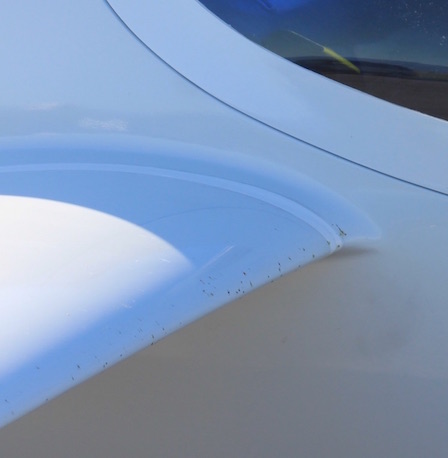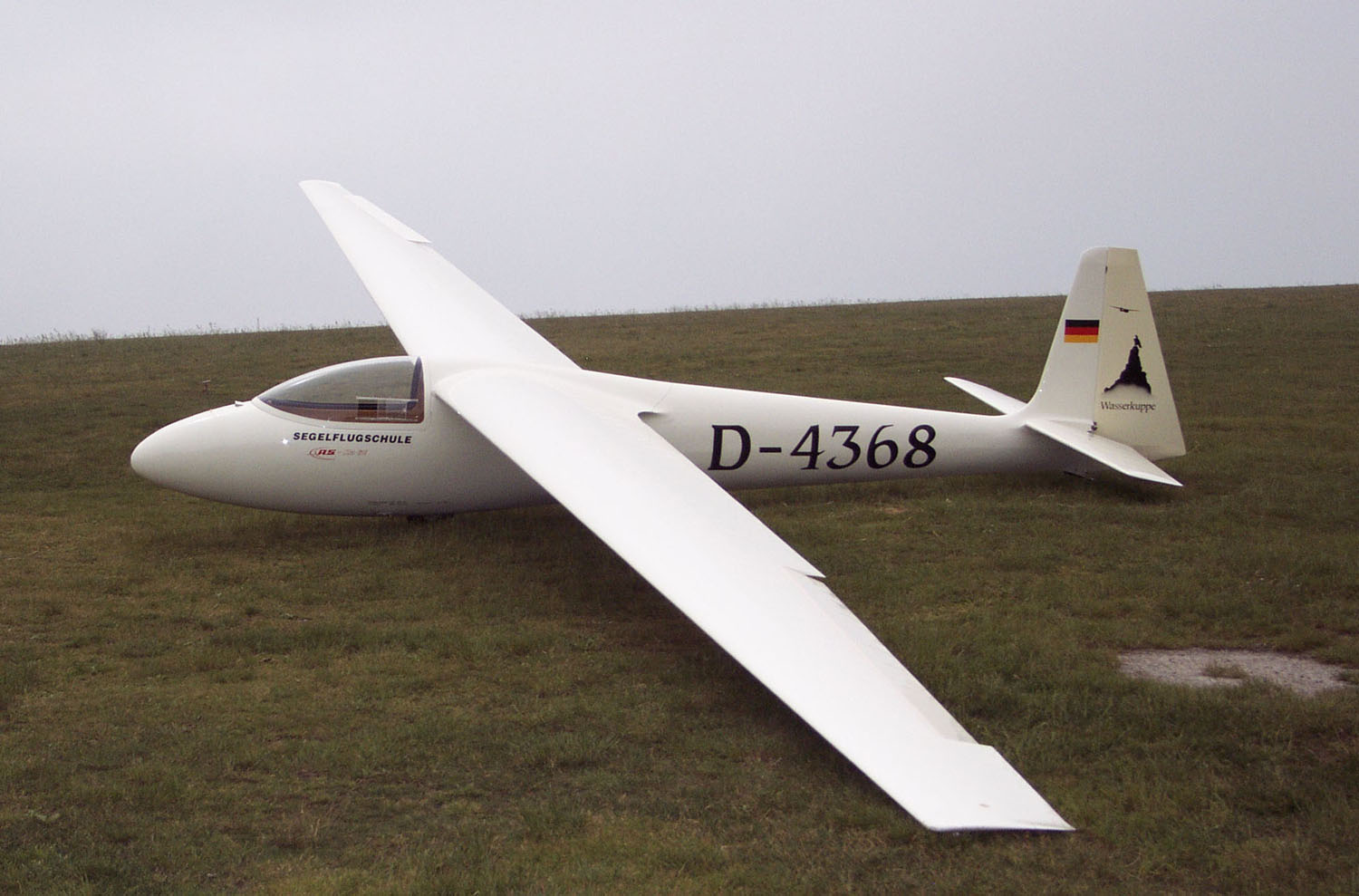Most (all?) glider pilots will be familiar with the practice of taping wing roots. As most of the gliders in my glider club (and I would guess, in the world) are stored with the wings detached, the practice of taping wing roots to close the gap between the wing and the fuselage is one which is hard to get through glider training without learning. Indeed, even the type/brand of tape used can be a subject of hot debate. This picture shows what a taped wing root looks like:
I've always wondered though how critical this practice is. The gap in wing roots, once spar pins have been inserted, is typically pretty small. I've forgotten to tape, but I usually don't forgot, partly because I know someone in the club will point out that I've forgotten and a fresh debate ensues. I would say I'm currently skeptical (but open minded) about the benefit of doing this.
Question:
How effective is taping wing roots?
Lets take, for example, the Schempp-Hirth Open Cirrus, which has a published maximum glide ratio of 44:1. Lets assume this glide ratio was calculated with the wing roots taped. This assumption is bolstered by the fact that the rigging check list (Open Cirrus Flight Manual, Page 20) has taping the wing roots as a step. What would the glide ratio be reduced to if the wing roots are not taped? I do understand that the answer would depend on the width of the gap. Lets assume that is 1/16th inch (1.5 mm) for this example.
Secondary Question:
What would the answer to the same question be applied to the gap tape used between the aileron and the wing, as is shown in this picture:




